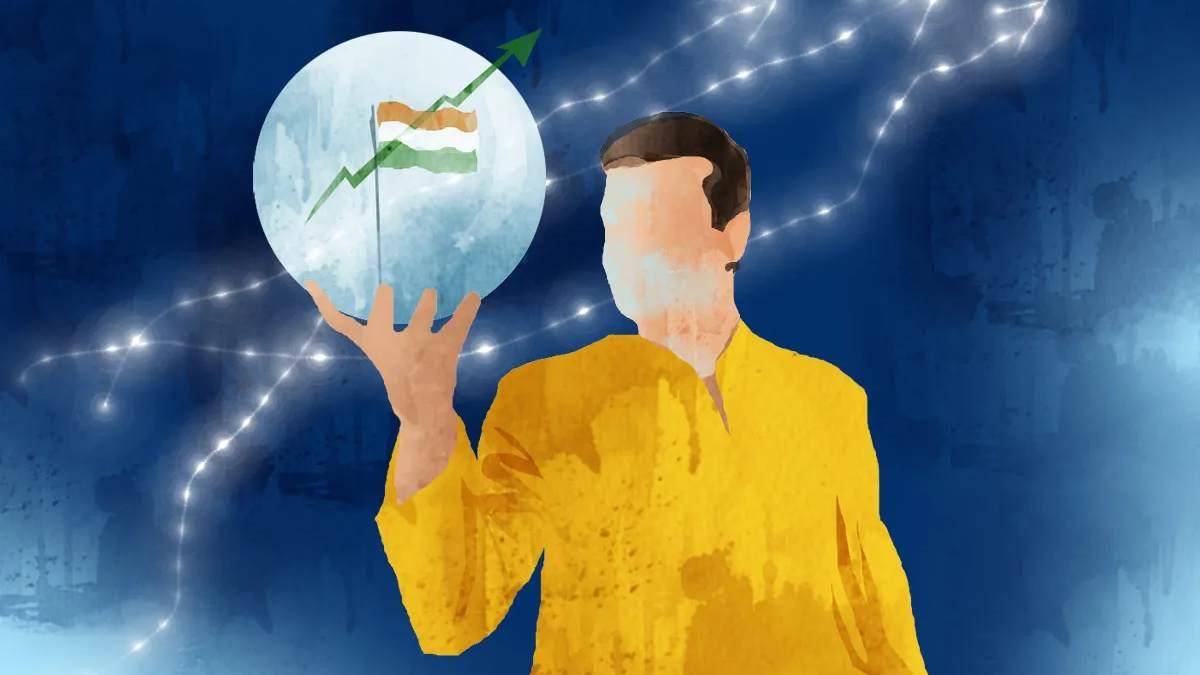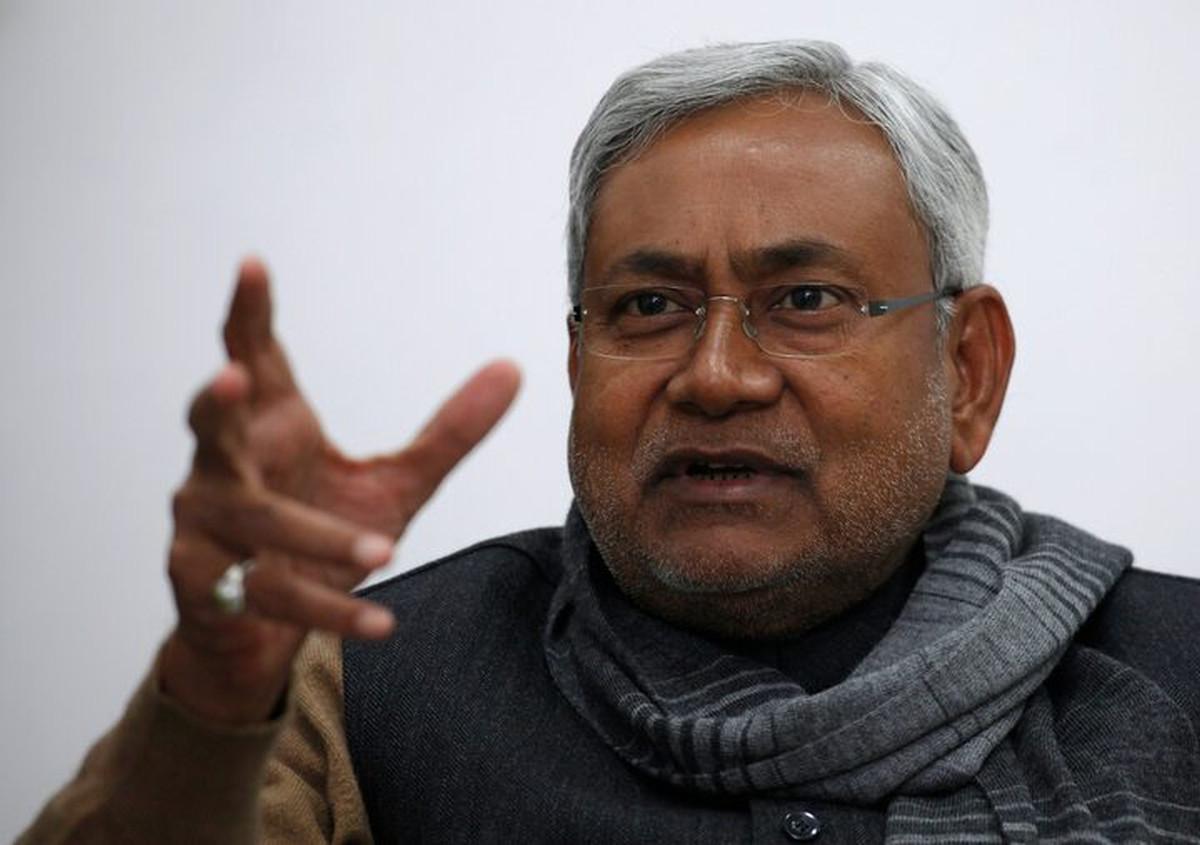India is set to become the world’s fourth-largest economy in 2025, but slow income growth, lack of structural change, and rising inequality highlight the gap between progress and real transformation.

Illustration: Dominic Xavier/Rediff
India marked its 79th Independence Day on August 15 with the central theme ‘Nation First’.
Against a backdrop of global wars, tariff disputes, and shifting economic priorities, the country’s economic journey reflects both progress and persistent challenges.
On the positive side, India is projected to become the world’s fourth-largest economy in 2025.

Demographically, India overtook China as the most populous nation, with 1.46 billion people in 2025, even as the average annual population growth rate fell.

This has led to GDP per capita making limited gains. While India’s income levels have improved, countries such as South Korea, Indonesia, Bangladesh and Vietnam have closed or surpassed historical gaps.

The much-needed structural transformation has not occurred. The primary sector’s share in gross value added (GVA) has fallen, but the industrial sector’s share has stagnated instead of rising strongly as seen in East and Southeast Asia.
Services now account for more than 54 per cent of the GVA, but this dominance has not been matched by a similar shift in jobs — agriculture still employs 44 per cent of the workforce, reflecting slow movement into more productive employment. (Charts 4 and 5)


Note: Primary Sector includes Agriculture, Forestry and Fishing.
Secondary Sector includes Mining and Quarrying, Manufacturing, Electricity, Gas, Water Supply & Other Utility Services & Construction.
Tertiary Sector includes Trade, Repair, Hotels and Restaurants, transport, storage, communication & services related to broadcasting, Financial Services, Real Estate, Ownership of Dwelling & Professional Services, public administration and defence & Other Services.
Income inequality remains high. The top 1 per cent now earns 22.6 per cent of national income, up from 10 per cent in 1990, while the bottom 50 per cent’s share has fallen.
Consumption inequality has narrowed, suggesting a cushioning effect by subsidies and welfare.

Note: The World Inequality Lab measures income inequality using per-adult pre-tax national income shares (in %), while the World Bank measures consumption inequality using the Gini index, where a lower value indicates a more equal society.
The reference years for the two measures do not match, so different time periods have been used for each.
Source: World Inequality Lab, World Bank
Feature Presentation: Rajesh Alva/Rediff




